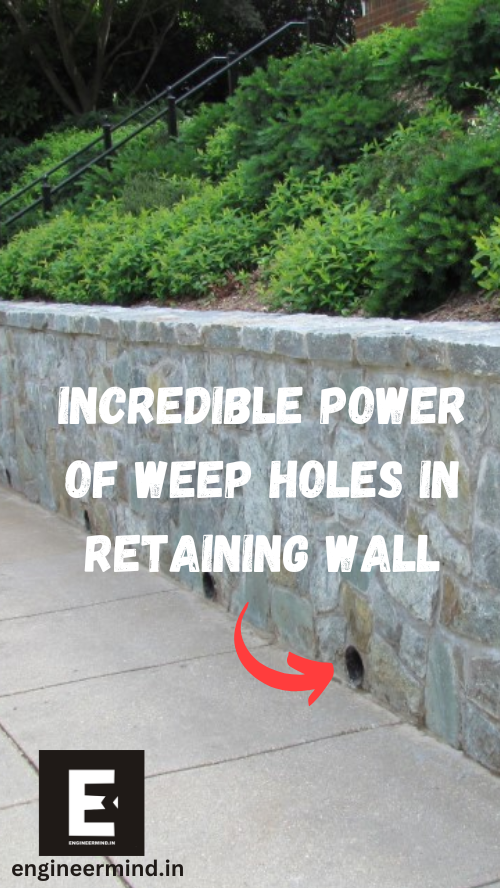The slab is supported at two ends. The maximum tensile stress is positive moments (sagging) acting in the middle of the slab and the maximum compressive stress is negative moments (hogging) acting at both ends of support. So bottom steel is required at the mid-span and top steel resists negative moments at the supports. A bent-up bar called a crank bar is provided to make RCC slab safe from compressive stresses.
When bent-up bars are provided, the strength and deformation capacity of slabs with bent-up bars compared to slabs without bent-up bars is sufficiently increased.
So crank bars are generally provided
- To resist negative bending moment (hogging).
- To resist shear force which is greater at supports.
- To reduce the risk of a brittle failure of the slab-column connection.
- To reduce the amount of steel used.
- For the economization of materials.






